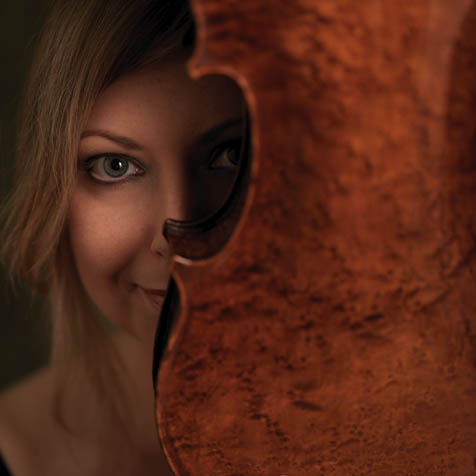Santa Barbara Chamber Orchestra
At the Lobero Theatre, Tuesday, September 18.

Musically speaking, the Santa Barbara Chamber Orchestra’s season-opening concert last week ruffled no feathers, with an entirely pleasing menu of a Bach Brandenburg Concerto and bookend serenades from those birds-of-a-Romantic-feather, DvoÅ¡k and Brahms. Instrumentally speaking, however, it was a disarming double-take affair, as only conductor-and noted violist-Heiichiro Ohyama might have plotted it.
Violins were literally given the night off, leaving much of the sonic handiwork, not to mention the spotlight soaking, to violas. Enough of the litany of viola jokes and the second-fiddle cliches: The viola is a marvelous musical tool deserving of greater recognition and center-stage attention. Last Tuesday at the Lobero Theatre, this noble back-line instrument got a rare taste of equal time vindication.

Twin violas took the lead in Bach’s Brandenburg Concerto No. 6, supported by harpsichord, cello, double bass, and two second violas. This was the highlight of the program, from the motor-like elegance of its opening movement to its dignified adagio and the jaunty waltz in the final allegro. Up front, Ohyama was joined by the fine violist Helen Callus, who boasts a notable resume and who also took over the maestro’s position as viola professor at UCSB after he retired from that post.
DvoÅ¡k’s Serenade for Winds, Cello, and Double Bass in D Minor, Opus 44, written circa 1878, is a pleasant little number, massaging the ears without taxing the intellect much. It’s not hard to understand why the piece won the favor of the slightly older and vastly more famous Brahms, whose musical language was akin to that of the aspiring Czech.
Brahms’s own Serenade No. 2 in A, Opus 16, is a more substantial and radiant work, for winds and a complement of lower strings, and it was played handsomely here, despite a few rough patches. Again, violins were not invited to the party, making for a richer, loamier string foundation. Best of all, this relatively early piece, written in the 1850s, glows with the restrained energy and becoming subtlety some of us find missing in Brahms’s later, high-octane Romantic period. You can hear yourself think in between the lines and the decorum, without that emotional bullying of the high Romantic spirit.



